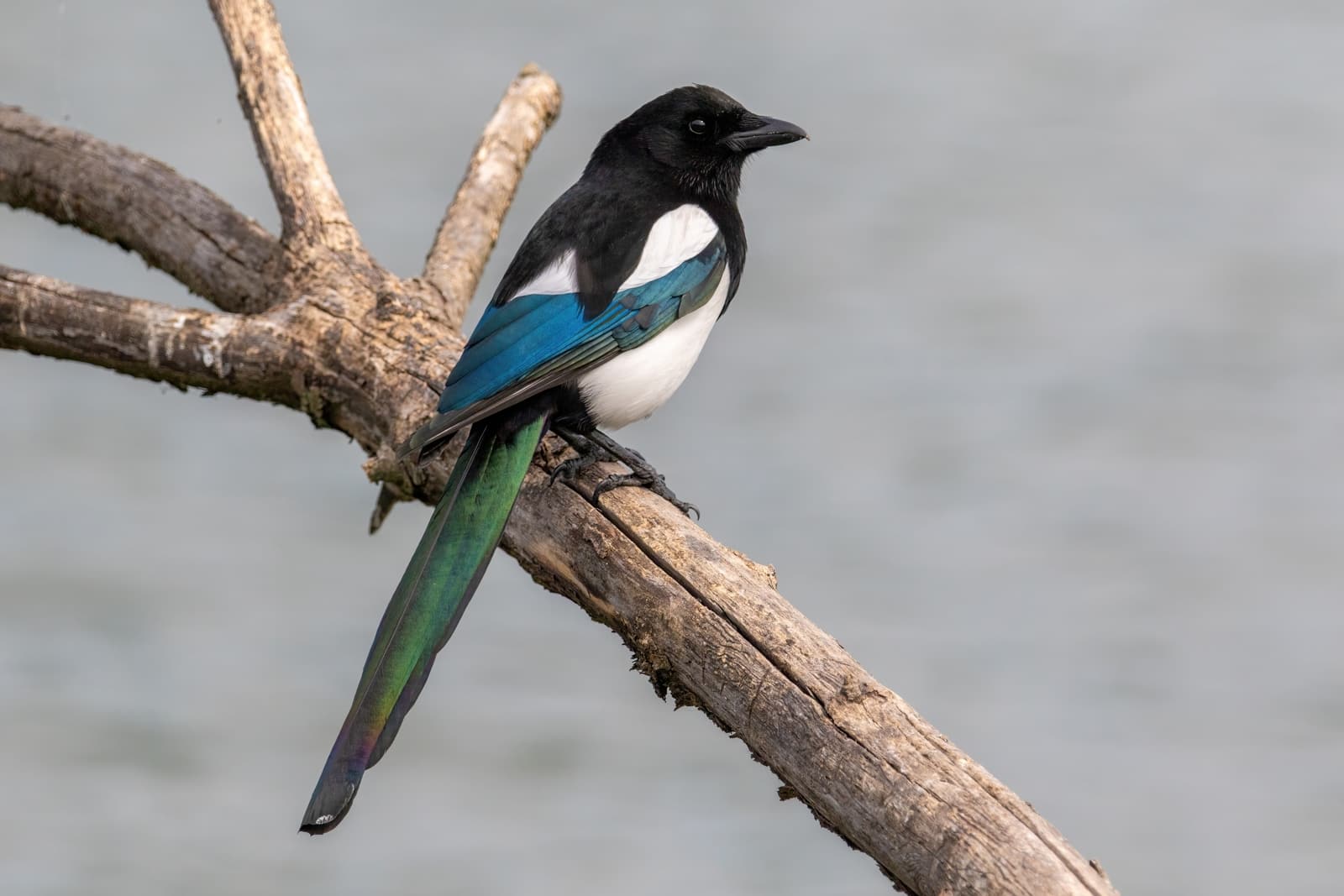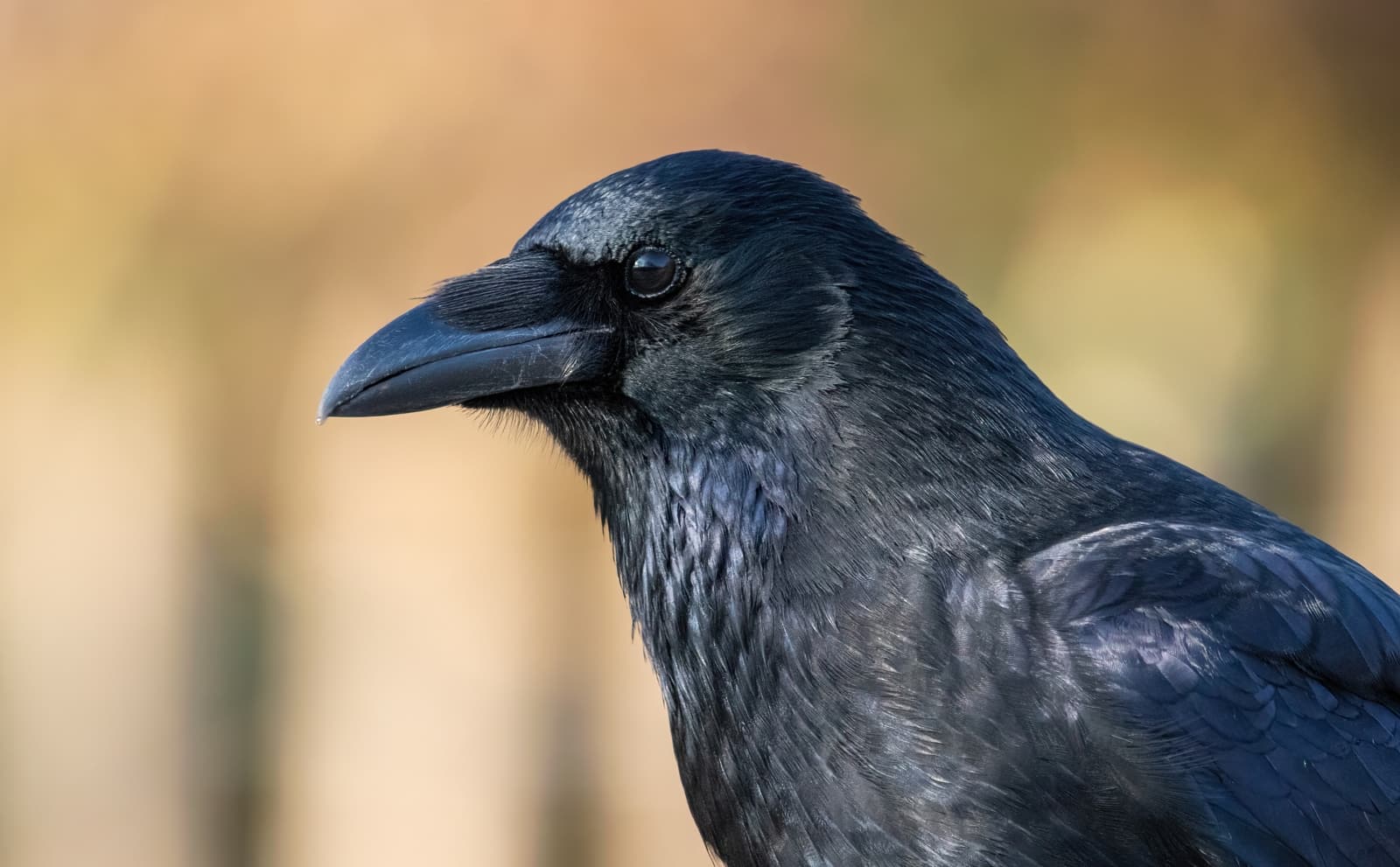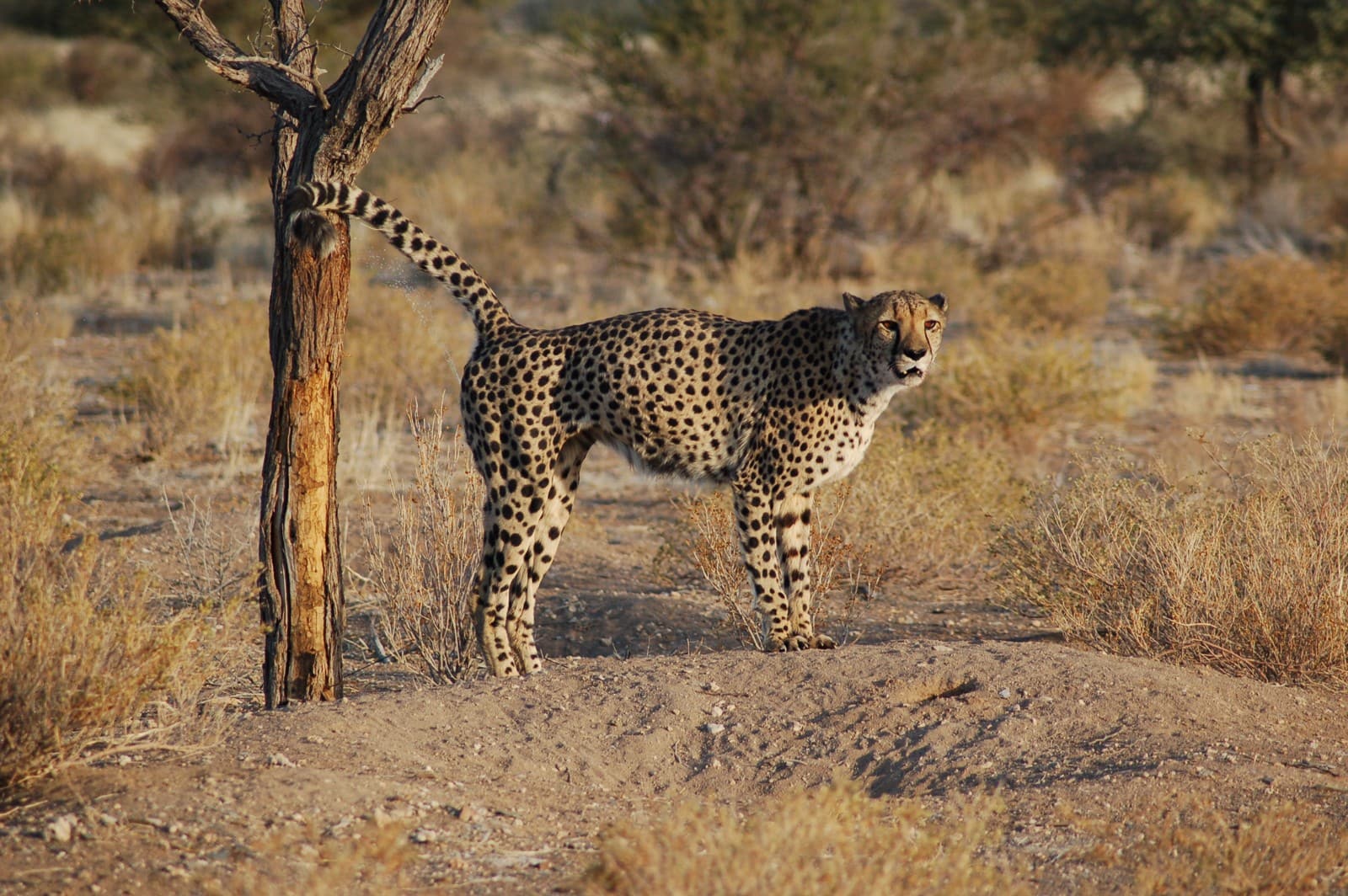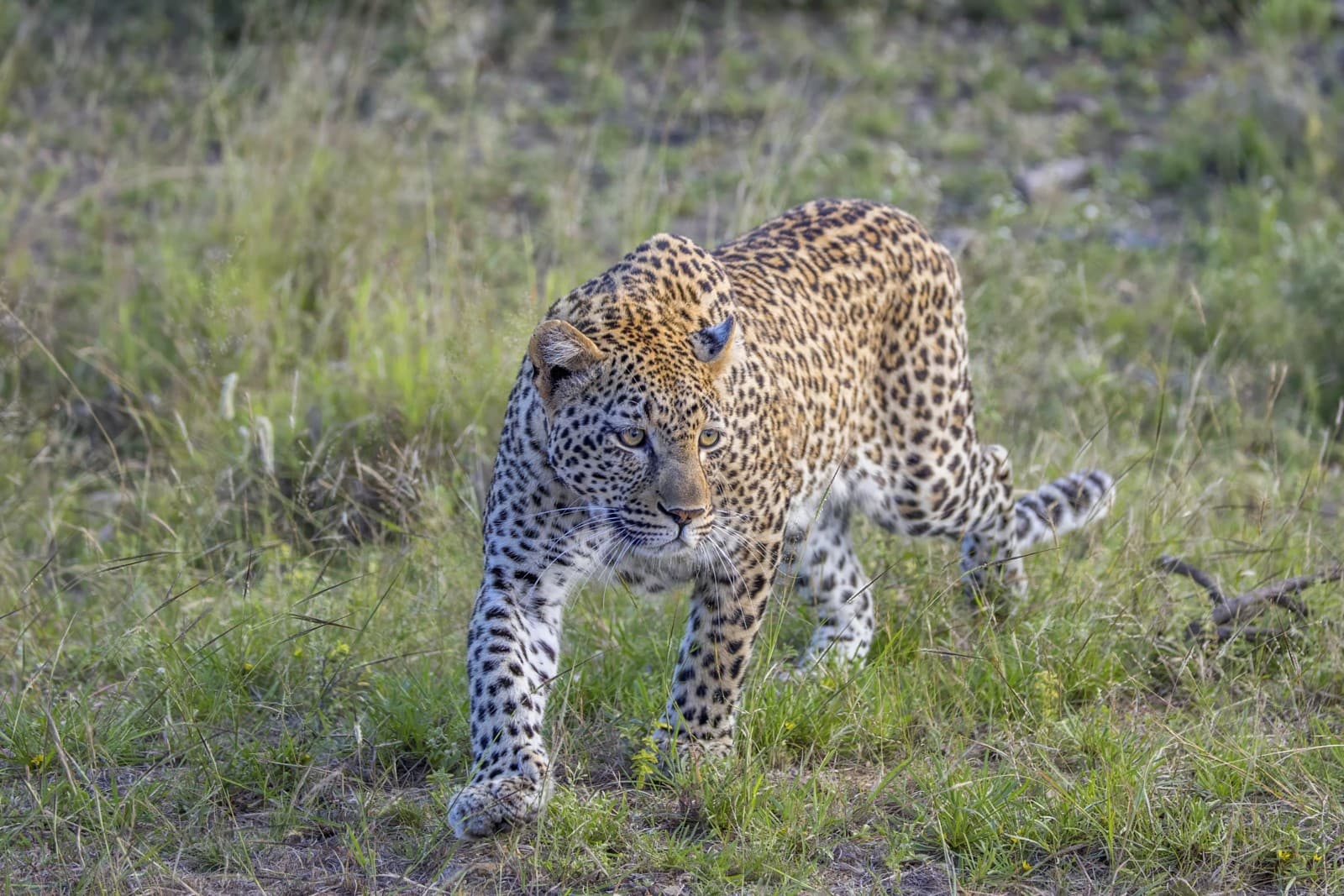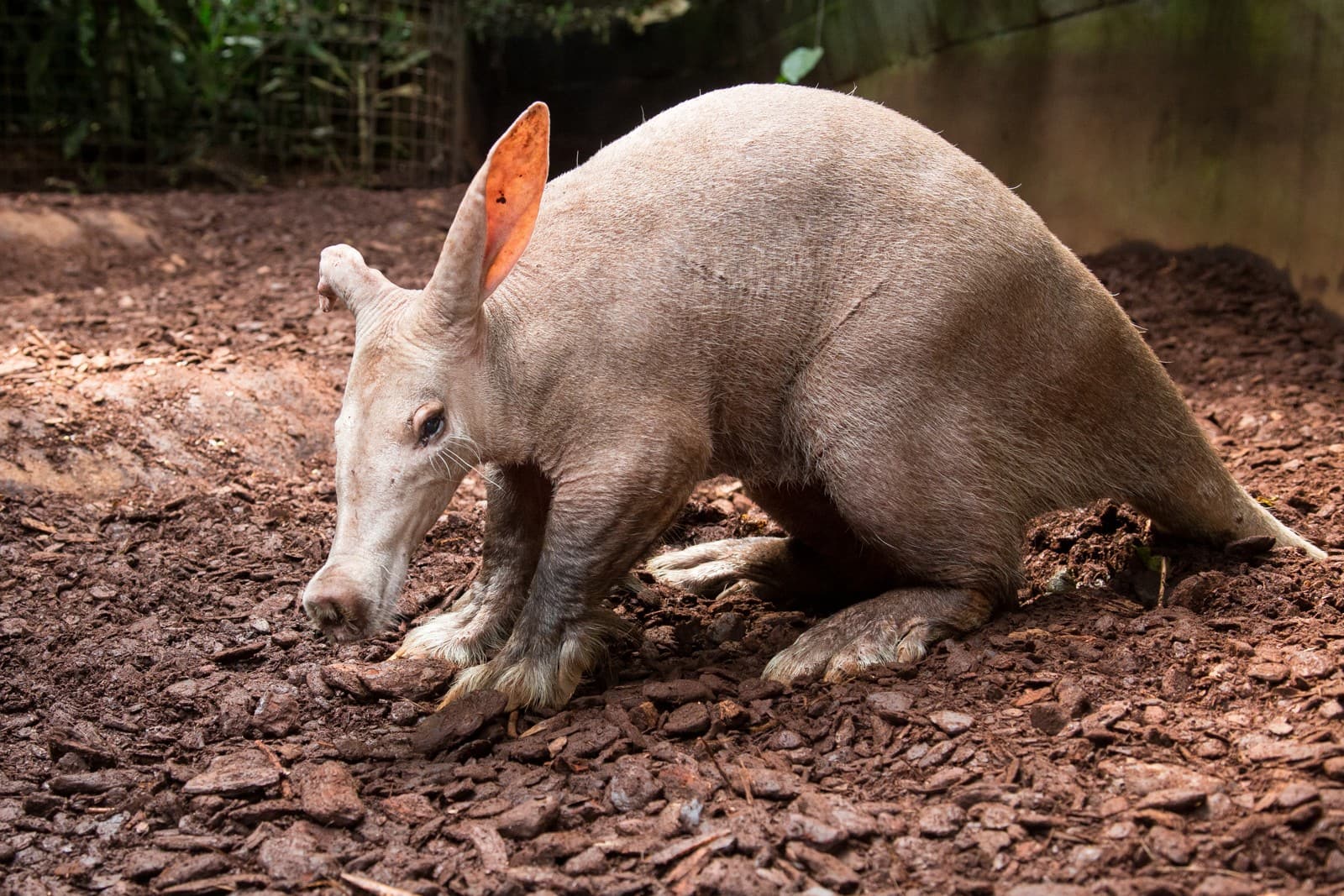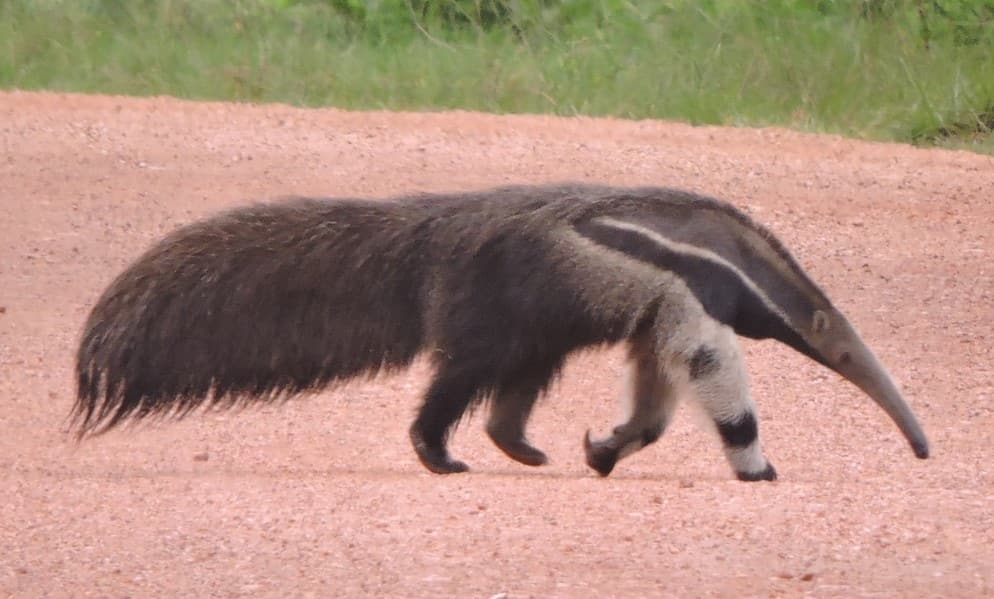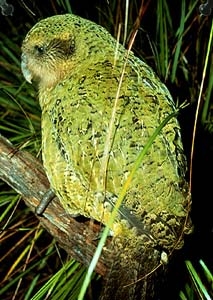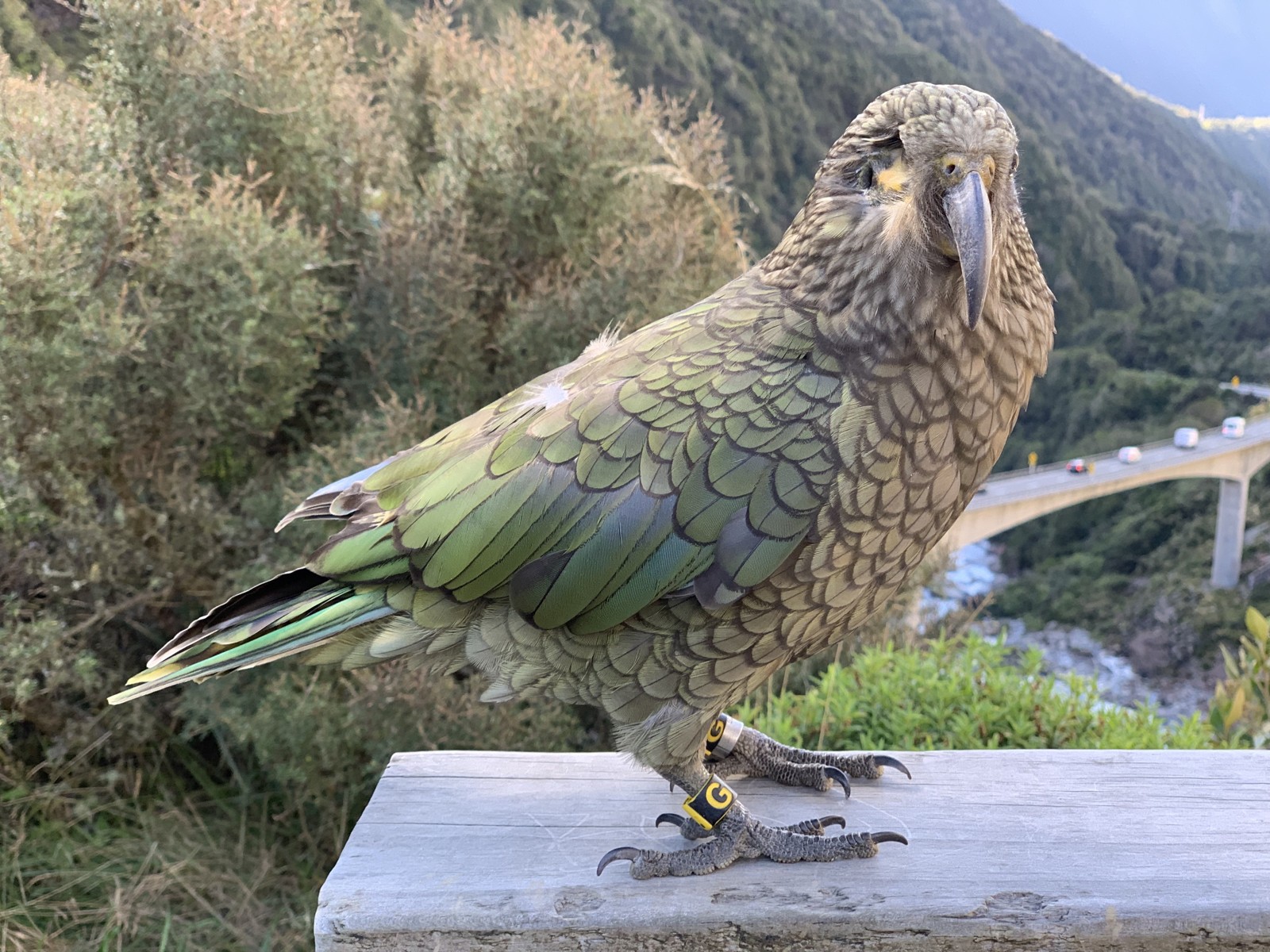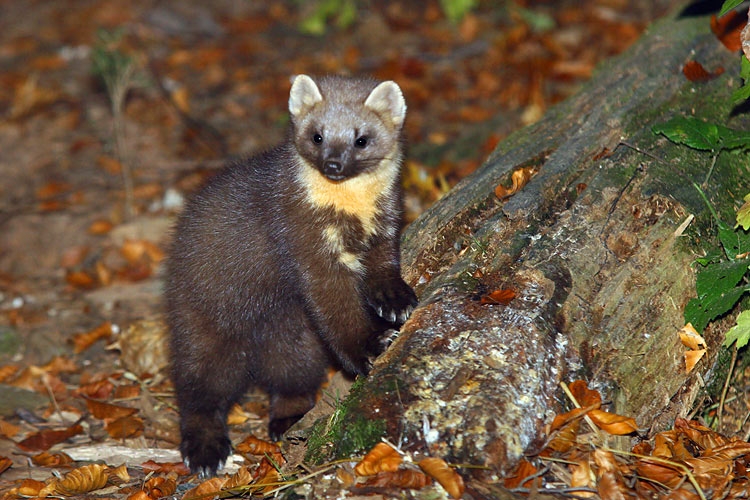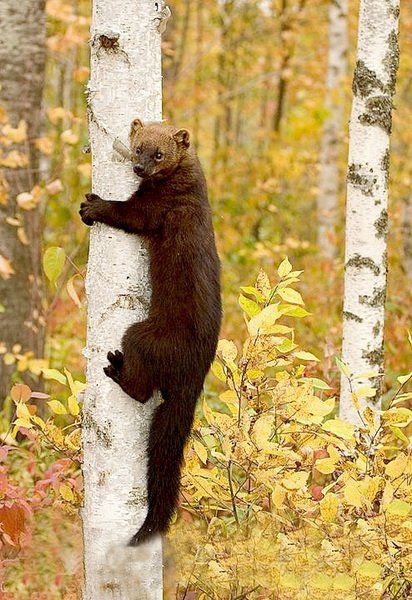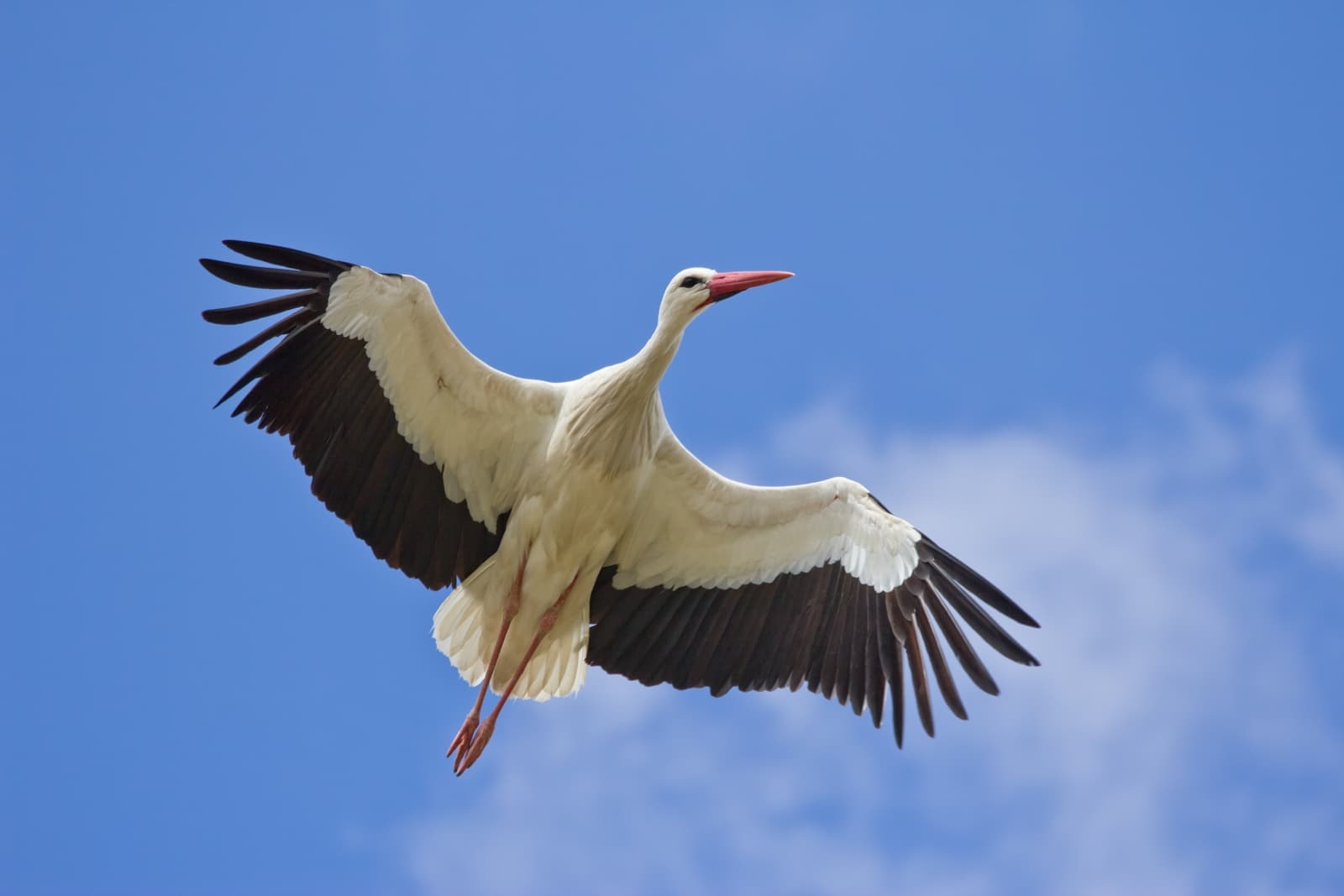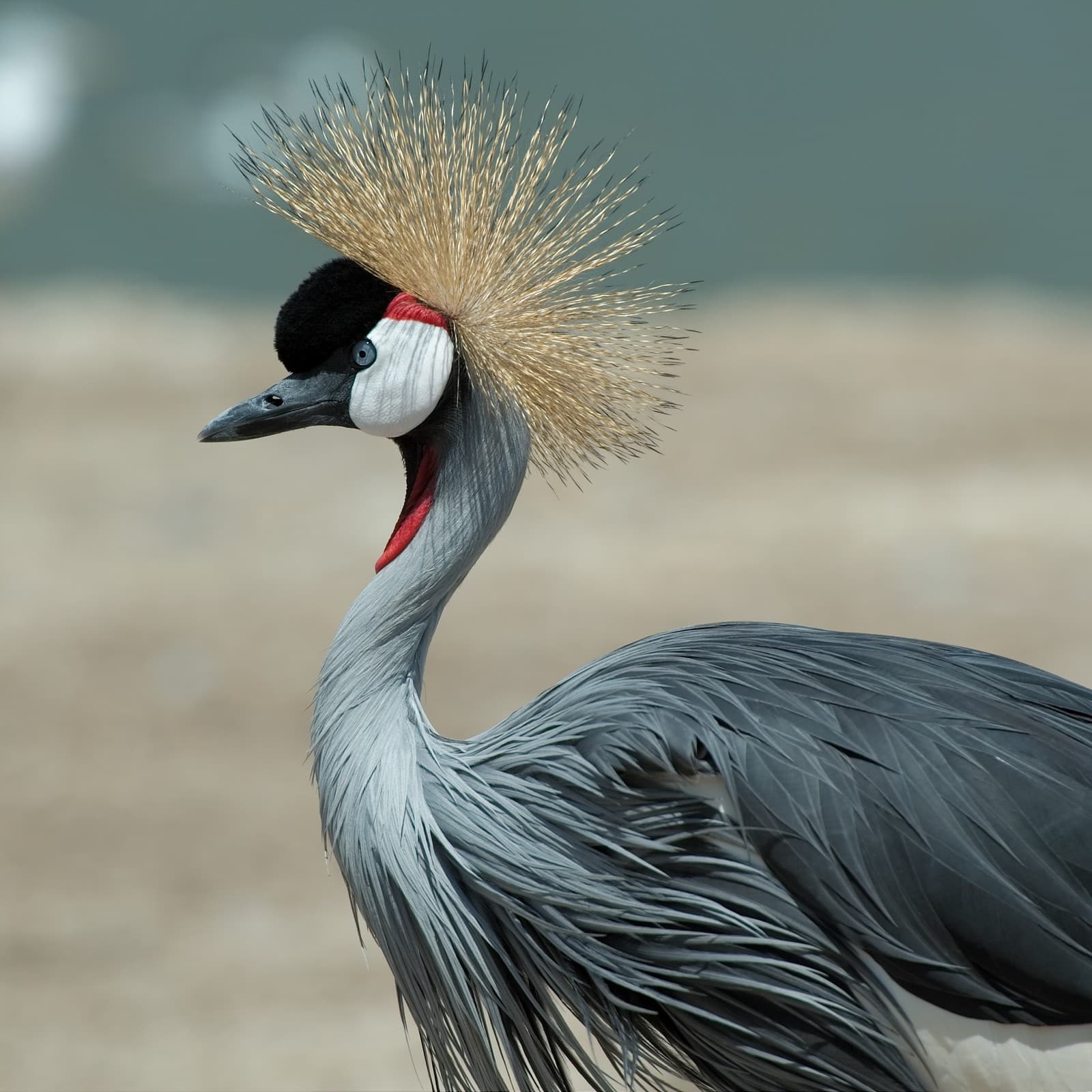Jay vs Magpie: A Complete Comparison
When comparing Jay vs Magpie, both members of the intelligent corvid family display remarkable characteristics, though with distinct differences. Eurasian Jays typically measure 13-14 inches (34-35 cm) in length, while Magpies are notably larger at 17-18 inches (44-46 cm) including their impressive tail. These woodland cousins share exceptional problem-solving abilities but differ significantly in their social structures and feeding habits.
The most striking contrast between Jays and Magpies lies in their appearance and behavior. Jays prefer secretive woodland lifestyles with their subtle pink-buff plumage and bright blue wing patches, while Magpies boldly inhabit urban areas, sporting distinctive black and white coloration with iridescent wings.
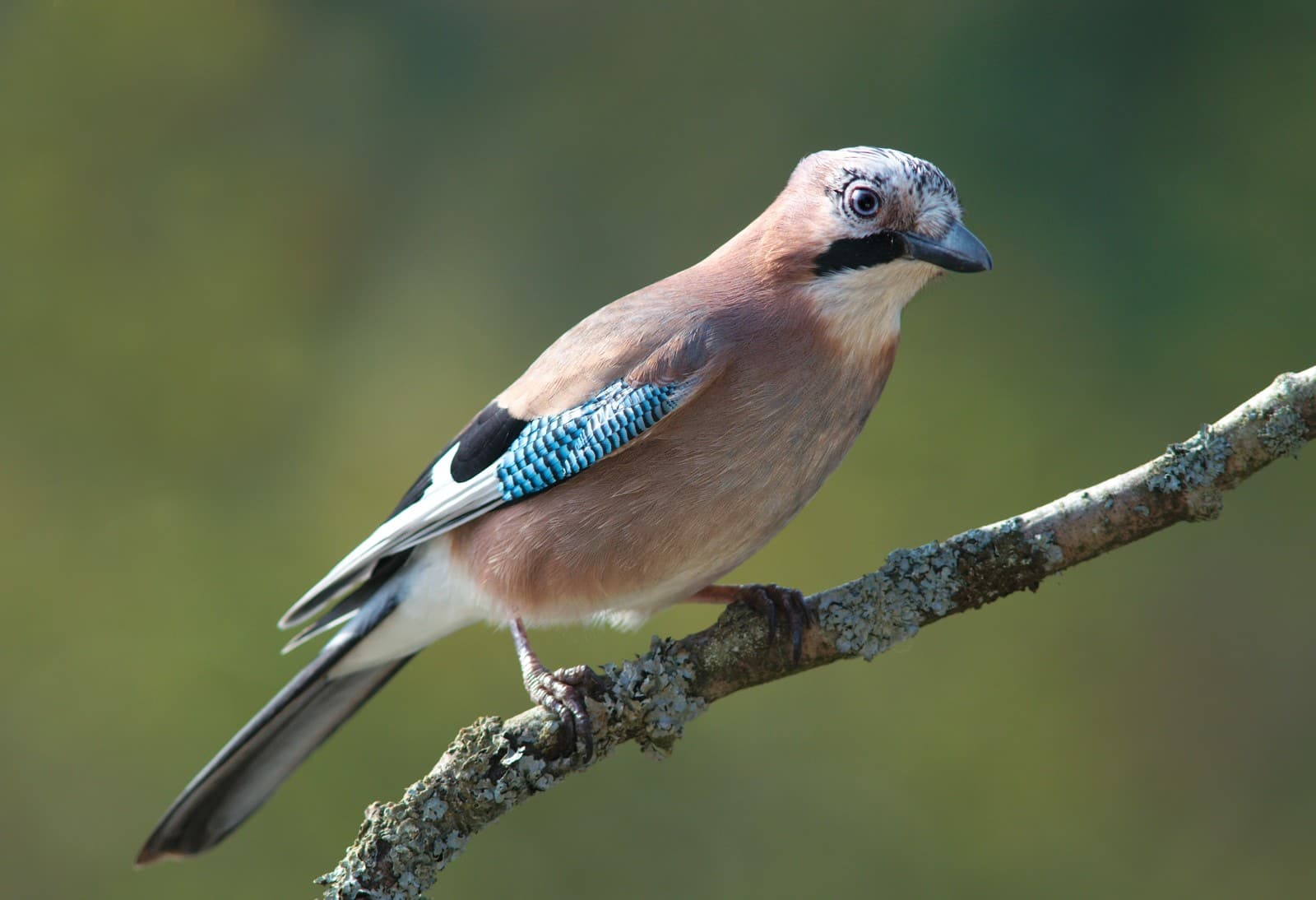
© Luc Viatour / CC BY-SA 3.0
The Eurasian Jay showcases nature’s artistry with its subtle pink-buff plumage and striking blue wing patches, characteristics that help it blend perfectly into its woodland habitat while maintaining its status as one of Europe’s most colorful corvids.
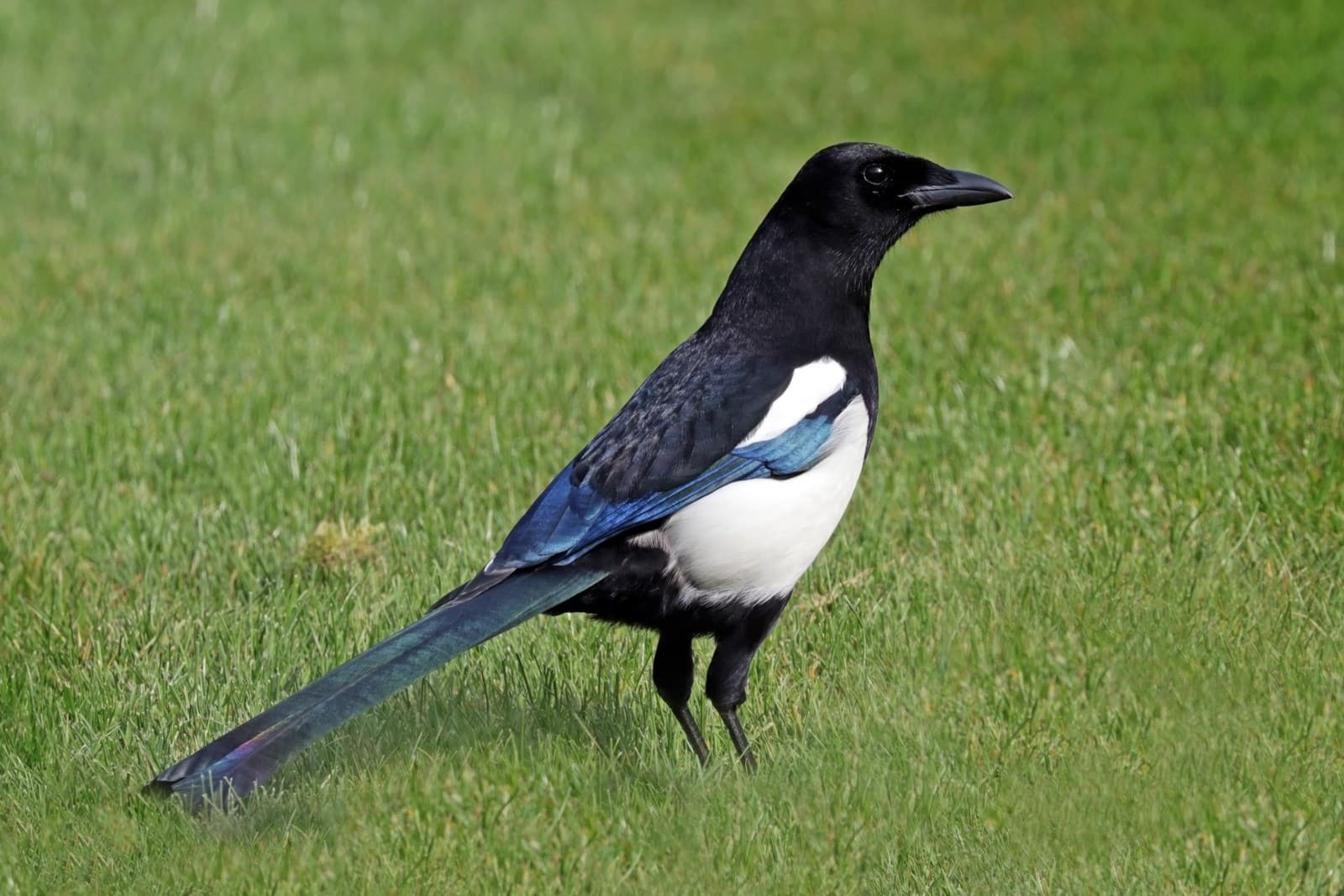
© Charles J. Sharp / CC BY-SA 4.0
The Magpie’s bold black and white plumage with iridescent blue-green highlights makes it one of the most recognizable birds in urban and rural landscapes, demonstrating nature’s mastery of contrast.
Key Differences Between Jays and Magpies
| Feature | Jay | Magpie |
|---|---|---|
| Size | 13-14 inches (34-35 cm) | 17-18 inches (44-46 cm) |
| Weight | 5.6-7.0 oz (160-180 g) | 7.4-9.9 oz (210-280 g) |
| Habitat | Woodland areas | Urban and rural areas |
| Social Behavior | Typically solitary or pairs | Highly social, forms groups |
| Diet | Mainly acorns and nuts | Omnivorous opportunist |
| Nesting | Dense trees, well-hidden | Open tree locations |
Habitat and Distribution
Jays are woodland specialists, preferring dense forest environments where they can remain concealed while collecting and caching acorns. Magpies, conversely, have adapted remarkably well to human presence, thriving in urban parks, gardens, and agricultural areas. This adaptability has led to Magpies becoming more commonly observed despite both species having similar geographic ranges across Eurasia.
Behavior and Intelligence
Both species demonstrate remarkable cognitive abilities, but express them differently. Jays excel at spatial memory, remembering thousands of food cache locations, while Magpies are famous for their self-awareness, being one of few animals to pass the mirror test. They’re both known for their complex vocalizations, though Jays tend to be more secretive while Magpies are notably vocal in urban settings.
Diet and Feeding Habits
The dietary preferences of these corvids reflect their different ecological niches:
-
Jays primarily feed on:
- Acorns and nuts
- Tree seeds
- Invertebrates
- Occasional small vertebrates
-
Magpies consume:
- Invertebrates
- Small vertebrates
- Eggs and nestlings
- Human food scraps
- Plant material
Who Would Win in a Confrontation?
While direct confrontations between Jays and Magpies are rare, Magpies generally dominate in territorial disputes due to their:
- Larger size (20% bigger than Jays)
- More aggressive territorial behavior
- Superior strength and beak size
- Group-based defensive strategies
However, Jays compensate through stealth and avoidance rather than direct confrontation, making actual conflicts uncommon in natural settings.
Conservation and Human Interaction
Both species face similar challenges in the modern world, though they’ve adapted differently:
- Jays contribute to woodland regeneration through acorn dispersal
- Magpies have successfully adapted to urban environments
- Both species face habitat loss but maintain stable populations
- Magpies often face persecution due to perceived threats to other birds
- Jays remain more elusive and generally avoid human contact
Understanding these fascinating corvids helps appreciate their unique roles in our ecosystems, whether in remote woodlands or urban gardens. While they share their corvid intelligence, their distinct adaptations and behaviors make them equally fascinating subjects for nature enthusiasts and researchers alike.
